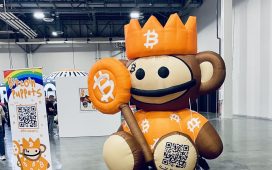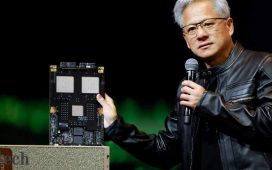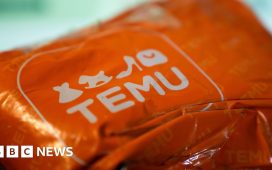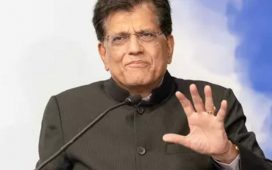Studio Ghibli, founded in 1985 by Hayao Miyazaki, Isao Takahata, and Toshio Suzuki, is a well-known Japanese animation studio. It is recognised for its hand-drawn animation, detailed backgrounds, and emotionally engaging storytelling.
Even Bollywood scenes from iconic movies such as ‘Dilwale Dulhania Le Jayenge’ appeared as if they had been lifted directly from Miyazaki works such as ‘Spirited Away’, ‘My Neighbor Totoro’, and ‘Princess Mononoke’.
Also Read: Internet has a field day with ChatGPT-generated ‘Ghibli’ images; Sam Altman joins in
Dimming the thrill
However, on Thursday, OpenAI CEO Sam Altman announced the introduction of “temporary rate limits” to manage the heavy load on GPUs, which had been “melting” due to overheating.
Discover the stories of your interest

Altman stated that users on the free tier of ChatGPT would be restricted to generating only three images per day, with the feature now exclusive to ChatGPT Plus, Pro, Team, and select subscription tiers.
Alternatives to explore
But there are other ways to create Studio Ghibli-style images for free:
Alternatives: Models such as Grok or Gemini can also generate this style of artwork. However, the images produced may differ slightly from those made by ChatGPT due to the unique development processes of each model.
Third-party applications: There are numerous free third-party tools such as DeepAI, Craiyon, and Playground AI available. While they may require some time to get used to, they can help you achieve the desired results.
Free trials on premium AI platforms: AI platforms such as Runway ML, Leonardo AI, and Mage.space also offer great options for creating Ghibli-style artwork. While these platforms may have free trial restrictions, they still produce high-quality images.
Copyright violation concerns
Amid all the excitement, the question of copyright infringement remains a concern, along with ethical considerations about the future livelihood of human artists.
In 2016, Miyazaki was shown demos of AI-generated creations, which left him “utterly disgusted.” When he was shown an image of a writhing body dragging itself by its head, he remarked that he would “never wish to incorporate this technology into my work at all”.
“I strongly feel that this is an insult to life itself,” he added.
Some have raised questions about whether the AI model was trained on Miyazaki’s or Studio Ghibli’s works. Josh Weigensberg, a partner at Pryor Cashman, spoke to the news agency AP and asked, “…do they have a license or permission to do that training or not?”
He further pointed out that if the work had been licensed, such use could be justified. But without consent or compensation, it could be “problematic.”










